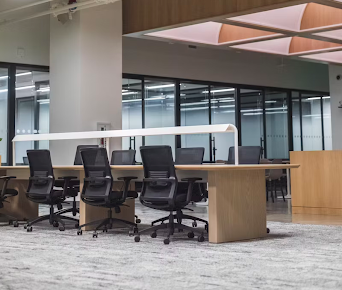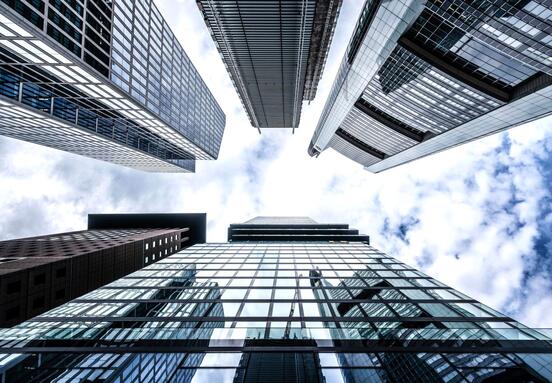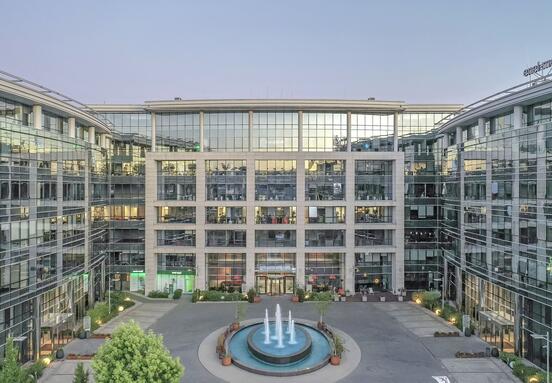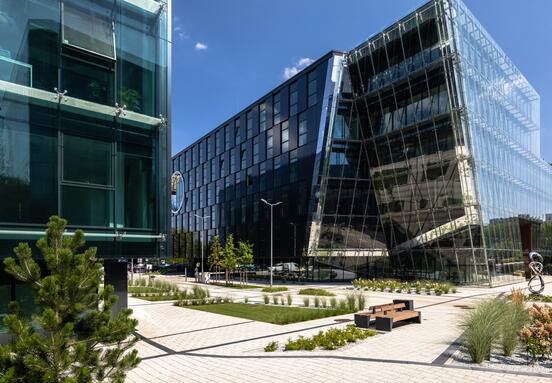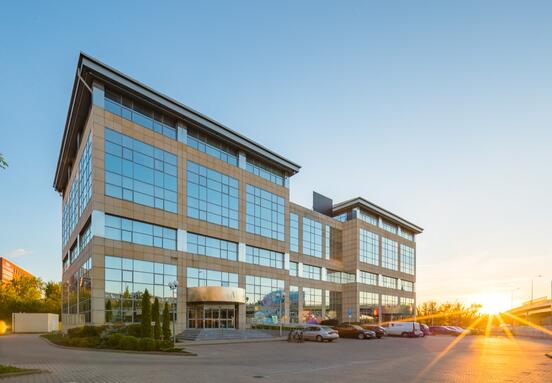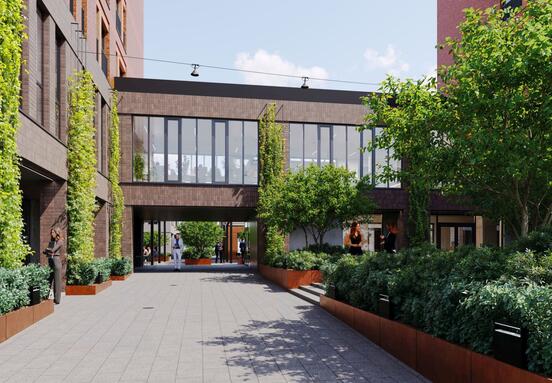1. Site selection: The first, fundamental step in the process of building a sustainable, healthy, and profitable office building is to think carefully about location. Access to transportation hubs such as train stations, bus stops, and bike paths dramatically reduces the need to use cars, which directly translates into reduced CO2 emissions. Choosing a location with access to green spaces, such as parks or recreational areas, increases the attractiveness of the office building for future tenants and affects the health of employees.
2. Sustainable design: The next step is to develop a design that incorporates green construction standards. The use of natural, renewable or recycled building materials, as well as energy-efficient technologies, such as LED lighting systems, efficient HVAC systems, or the installation of photovoltaic panels, contributes not only to reducing CO2 emissions but also to lower building operating costs.
3. Energy efficiency: The use of proper building insulation, the use of energy-efficient appliances, or LED lighting significantly reduces energy consumption. The possibility of obtaining green certificates, such as LEED or BREEAM, not only has a positive impact on the ecosystem but also increases the attractiveness of the investment in the eyes of tenants and investors.
4. Water and waste: The integration of rainwater collection and treatment systems, as well as efficient waste management, can contribute to a building's environmental performance. The use of systems that allow composting of organic waste is another step on the way to creating an environmentally friendly office building.
5. Healthy work environment: Creating office spaces that enhance the comfort and well-being of employees is extremely important. Indoor air quality, access to natural light, the use of indoor plants and even the creation of relaxation zones can all contribute to increased productivity and job satisfaction, which directly translates into lower sickness absence.
6.'Smart' technology: The use of state-of-the-art technologies, such as building management systems (BMS), building automation and smart lighting systems, significantly affects the efficiency of building management and thus occupant comfort. The introduction of such solutions makes it possible to precisely adjust working conditions to the needs of employees and reduce operating costs.
7. Support of the local community: Collaborating with local companies and suppliers, especially those that follow sustainable principles, can bring benefits not only in terms of the environment, but also in terms of economics and image. These activities can have a real impact on improving the living conditions of the local community.
8. Green spaces: The introduction of exterior and interior green spaces not only affects the aesthetics of the building but also improves the quality of life for employees and visitors. These spaces can help improve air quality, as well as reduce the temperature inside the building on warm days, which in turn reduces energy consumption for air conditioning.
9. Adaptability: Office building design should take into account the dynamics of a changing market and tenant needs. Flex space, i.e. spaces that can be easily and quickly adapted to meet a variety of needs, definitely enhances a building's appeal.
10. Communication and education: Communicating the values and benefits of green buildings, both to tenants and the wider public, is key to success in building healthy, sustainable, and profitable office buildings. Educating occupants about the principles of sustainability helps increase their commitment and contributes to the long-term maintenance of green standards.
Building healthy, sustainable, and profitable office buildings is a process that requires consideration of many factors. However, the long-term benefits, both economic and environmental, of the above steps are well worth the effort. Sustainable construction is the future, giving us a chance to create a better environment for future generations.
